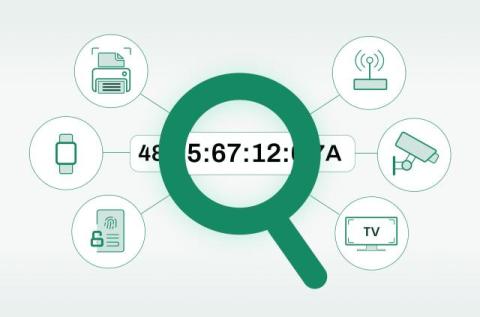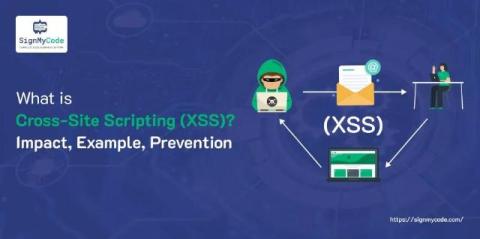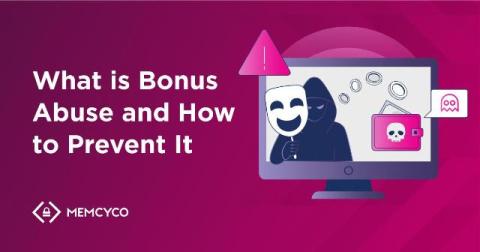Leveraging MAC Address Logic for IoT Classification
When an enterprise looks for a network security provider, whether implementing a SASE solution or not, one of its pillar requirements is complete visibility of the assets it holds, which provides the ability to manage its devices. Identifying devices in a network, commonly known as device fingerprinting, provides an enterprise with the ability to control their inventory, which could be a challenging task for companies spread across multiple sites, countries, hybrid datacenters or continents.










